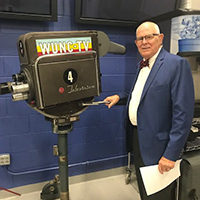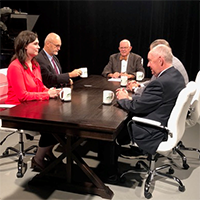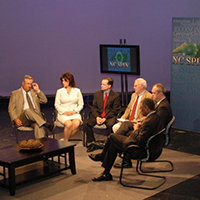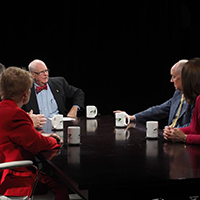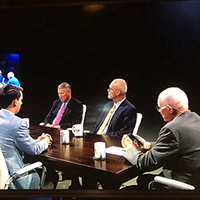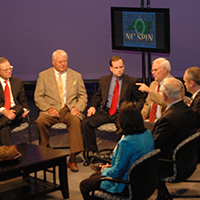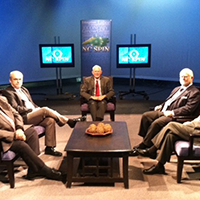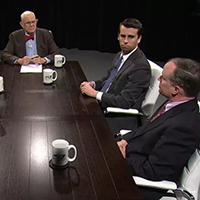For the past few years, a major theme of discussion — and contention — around the General Assembly has been the urban/rural divide.
The economic and other disparities between urban and rural areas of North Carolina have come up in debates about economic incentives, education, transportation and the proposed redistribution of sales taxes to help rural areas, among other discussions.
Some legislators and others like to say there are “two North Carolinas” — the thriving urban economic centers and the often depressed, rural communities on the outskirts.
The issue was framed on a map shown to state legislators during a recent presentation by Ted Abernathy of Economic Leadership LLC. The 2014 average annual pay of North Carolinians was $44,969. The map showed that only five counties – Mecklenburg, Forsyth, Orange, Durham and Wake – had average salaries above the state average that year.
Residents of five additional counties — Iredell, Guilford, Granville, Wilson and Pitt — on average made 0 to 10 percent below the state average.
Sadly, the rest of the map was filled with counties where residents on average earned at least 10 percent less than the state average. And even more sadly, in the majority of those counties, residents brought home at least 25 percent less than the state average.
Abernathy told legislators on the Joint Legislative Economic Development and Global Engagement Oversight Committee that this income disparity is a challenge in places across the country and the world.
But the answer to the urban/rural problem is elusive, as more people move to urban areas. If he had it, Abernathy said he’d be selling it.
Yes, the cost of living – housing, for one – in rural areas is lower than it is in large cities such as Raleigh and Charlotte, but that doesn’t mean many areas of the state aren’t plagued by poverty.
Rural areas aren’t going to be able to compete with urban centers for some jobs, but not all industries want to be in urban areas, Abernathy said. Rural counties can be competitive in industries such as agriculture, food processing and energy, he said.
Legislators then offered what they see as major issues keeping rural areas from economic development success. Sen. Rick Gunn, a Burlington Republican, pointed out that businesses in rural areas have trouble getting funding from banks or other means.
Sen. Harry Brown, a Jacksonville Republican, said lack of good roads and water and sewer infrastructure are holding rural areas back.
“You’ve got to get that infrastructure in the ground to make a difference,” he said.
While the March 15 statewide bond referendum includes money for water and sewer projects, it won’t go very far toward addressing the needs across the state.
Rep. John Fraley, a Mooresville Republican, said connectivity of roads is important. He suggested a separate bond referendum focusing on transportation, water and sewer projects. This year’s referendum doesn’t include money for roads or other transportation projects.
One of many options for starting to bridge the divide.
Patrick Gannon writes about North Carolina government and politics for the Capitol Press Association.
http://www.reflector.com/opinion/other-voices/gannon-highlighting-urban-rural-divide-3118993
